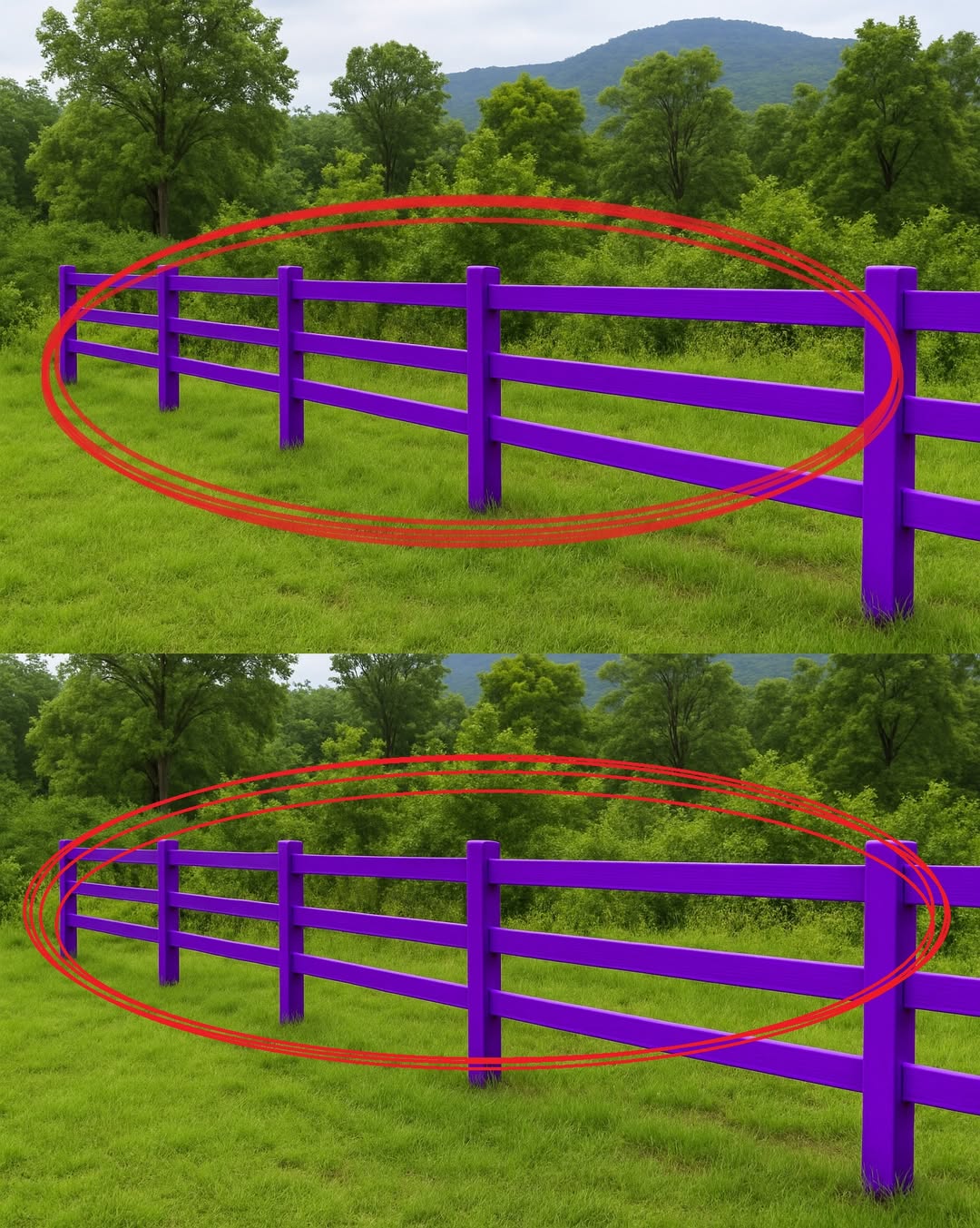If you’ve ever spotted a streak of purple paint on a tree or fence post and wondered what it means, here’s the truth: it’s not random art — it’s a legal warning. Known as the “Purple Paint Law,” this system is recognized in several U.S. states as an official substitute for “No Trespassing” signs.
Instead of posting dozens of fragile signs that can fade, fall, or get stolen, landowners use purple paint to mark their property boundaries. It’s a clear, durable way to tell hikers, hunters, or wanderers: This is private land. Do not enter.
But these markings aren’t just slapped on at random. To be legally valid, the paint must follow strict rules. Each mark should be a vertical line — not a smudge or splash — at least one inch wide and eight inches long. The line should sit three to five feet off the ground so it’s visible but not hidden by brush. Landowners are also required to space these markings roughly every 100 feet, ensuring no one can cross a boundary without noticing the warning.
Not every state enforces this law, but several — including Texas, Illinois, North Carolina, and Missouri — recognize purple paint as a legal notice of private property. In other regions, though, it’s just an interesting color choice unless local laws specifically allow it. That’s why experts recommend checking your state’s regulations before picking up a brush.
Continue reading on next page…

